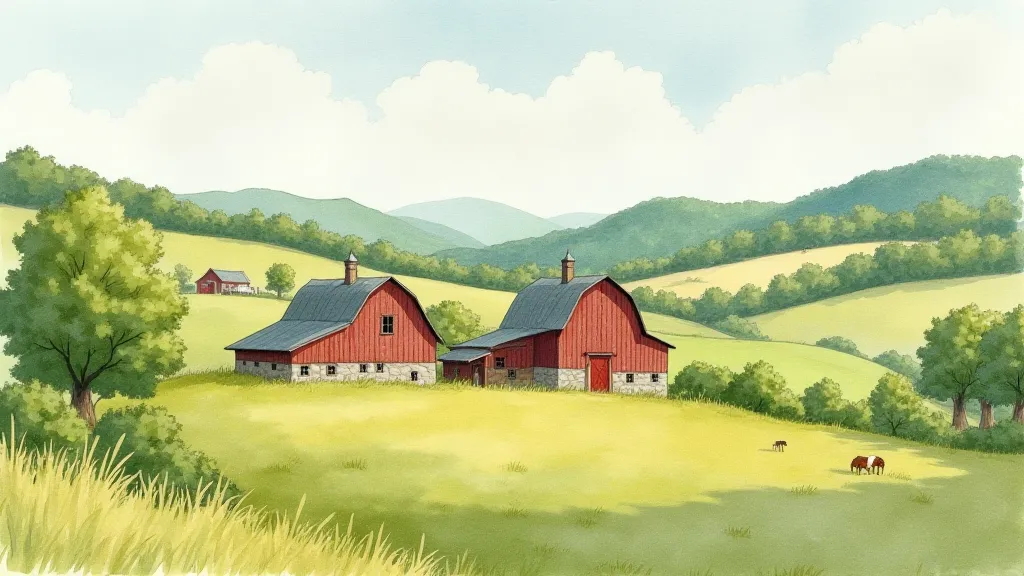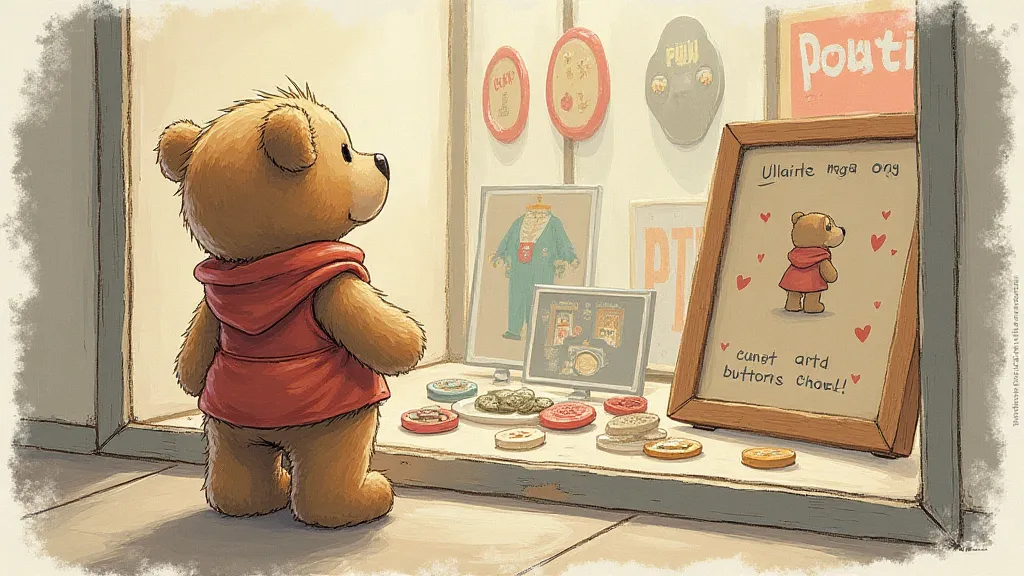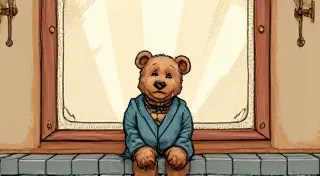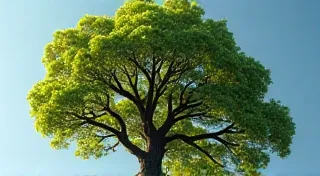‘Corduroy’s Predecessors: Investigating Don Freeman's Early Creative Ventures
Don Freeman’s Corduroy is practically synonymous with cozy childhood reading experiences. The story of a teddy bear’s quest through a department store is timeless, charming, and remains a staple in many homes. But before the little bear with the missing button charmed generations, Don Freeman was already a working artist and writer, leaving behind a fascinating portfolio of early works that offer valuable insight into his developing style and storytelling abilities. This article explores those earlier creative ventures, shedding light on the journey that led to the creation of Corduroy.

Early Artistic Endeavors: From the City to the Country
Born in 1910, Donald Joseph Freeman spent his childhood in New York City. The vibrancy and energy of the city heavily influenced his early artistic development. He began drawing prolifically at a young age, initially sketching street scenes and caricatures. These early drawings, many of which are held in private collections, display a remarkable attention to detail and a keen observational skill – qualities that would later serve him well in capturing the nuance of his characters.
Freeman's artistic journey wasn’t solely confined to urban landscapes. After a period working as a commercial artist, he and his wife, Helen, retreated to a small farm in Vermont. This shift brought a new appreciation for nature and a simplified lifestyle into his work. The rural setting undeniably shaped his artistic perspective, leading to a gentler, more observant style. This period saw him experimenting with watercolor and woodcut, techniques that lent themselves beautifully to depicting the quiet beauty of rural life.
Literary Beginnings: Beyond the Drawings
While widely celebrated as the creator of Corduroy, Freeman's literary career preceded his most famous children's book. He began publishing cartoons and humorous illustrations for various magazines in the 1930s and 1940s. These included work for The New Yorker and other prominent publications. Though humorous in tone, these early publications offered crucial experience in narrative sequencing and character development – elements that would be refined and elevated in his later children’s books.
One notable, though lesser-known, piece from this period is a series of short, almost whimsical stories featuring a character known as "Mr. Little Bit." These short narratives often incorporated playful language and quirky observations of everyday life. While not directly linked thematically to Corduroy, they reveal Freeman's developing sense of humor and his talent for capturing the charm of simple moments.

Echoes of the Future: Themes Emerging
Examining Freeman's earlier work, one can detect themes that resonate deeply within Corduroy. The importance of observation, the quiet joy of simple experiences, and a gentle empathy for those who are different—these elements are all present in his earlier creations. Although the narrative structures and artistic styles evolved over time, the underlying values and sensibilities remained constant.
For example, the recurring motif of an outsider seeking acceptance appears in several of his earlier drawings and short stories. This echoes the central theme of Corduroy, where the little bear feels incomplete until he finds his missing button. This continuity highlights the consistent, empathetic lens through which Freeman viewed the world, a perspective he skillfully conveyed in his beloved children’s book.

A Foundation for a Classic
Understanding Don Freeman's earlier creative ventures provides a richer appreciation for the enduring appeal of Corduroy. His journey from urban sketching to rural watercolors, from humorous cartoons to poignant narratives, reveals a talent nurtured over decades. By examining these often-overlooked works, we gain valuable insight into the artistic and literary foundation upon which a timeless children's classic was built. It's a reminder that even the most beloved stories have roots, and those roots are often far more fascinating than we initially imagine.





